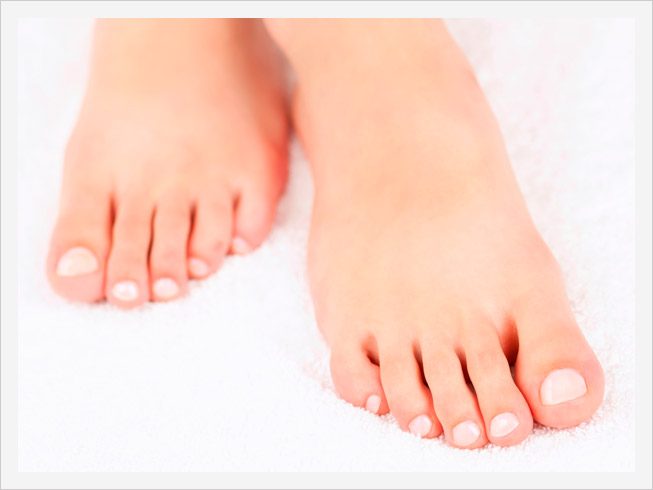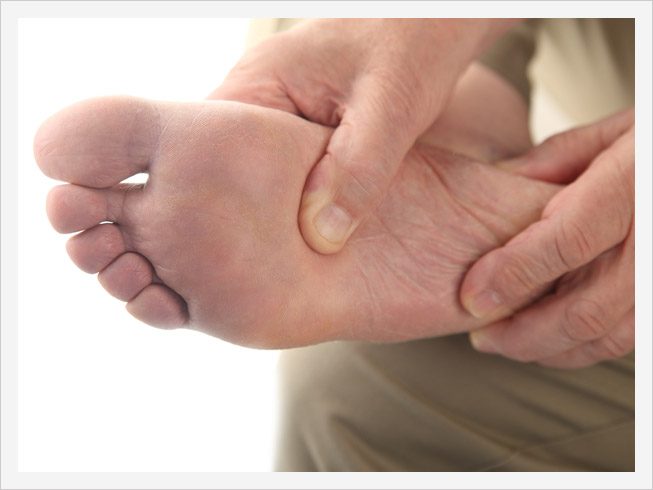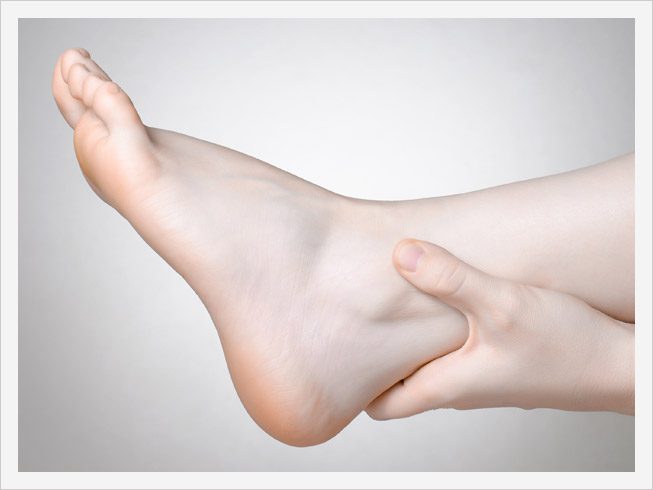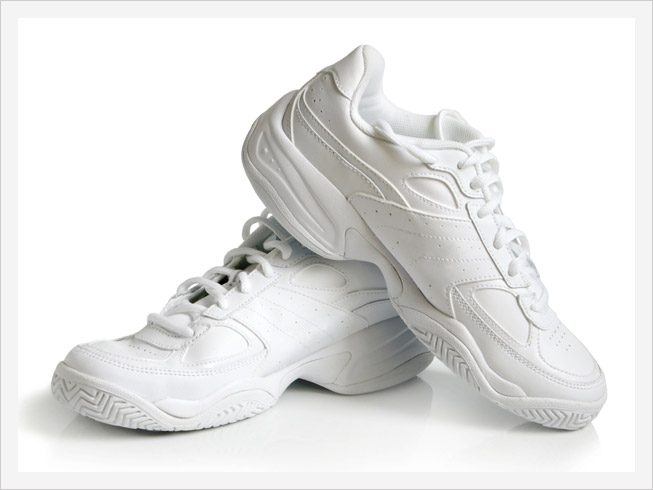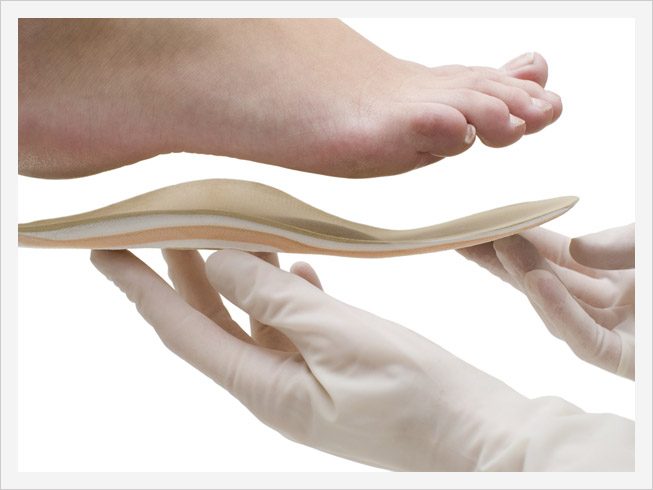Skin and Nail Care
Fungus Infections
The fungal problems seen most often are athlete’s foot and fungus nails. A fungus is common mold that thrives in the three D’s: dark, damp and dirty. On the feet, it can grow on and between the toes, as well as soles and toenails. Chronic fungal infections are most common in adults, while acute fungal infections are seen more in children.
The risk is low, but athlete’s foot is a contagious infection. This fungus can make your feet itch, burn, and the skin on the bottom of your feet crack, blister, or peel. Athletes aren’t the only one who can get this as anyone who has feet that perspire heavily or if your work shoe creates a most environment, may get a fungal infection. Most environments are perfect place for fungi to thrive. You don’t hear of athlete’s hands!
Fungal toenail infections usually start underneath the tip of your toenail, and then spread back toward the cuticle and to other nails. Your nail may thicken and become so brittle that trimming crumbles the nail. It can become brown, green, and black and may even fall off. As the fungal nail thickens, it may become painful as it hits your shoe. The nail may become ingrown. As the fungus grows, foul smelling, moist debris can be seen.
Treatment is best begun at early stages of infection. Both skin and nail infections can be treated with oral and topical medications. Dependent on the extent and state of your infection, the safest, most effective treatment will be started. Fungal infections don’t happen overnight and consequently aren’t cured overnight. Effective nail treatment requires the good healthy nail to “push” the infected fungal nail as it grows out, which may take 6 to 12 months. Medications may or may not completely eliminate the fungus, but early treatment is imperative for good results.
Ingrown or Sore Toenails
Ingrown toenails most often effect the big toe. The symptoms occur because the skin around the nail is forced so close against the nail that the nail appears to be “growing” into the skin. Soft skin tissues react to the nail as if it’s a foreign body. Inflammation, pain and infection often result. It is important to seek prompt care especially if you are in a high-risk health group (have diabetes or poor circulation) or if it becomes infected. Ingrown toenails rarely respond long term to “bathroom surgery.”
Treatment for a painful ingrown nail consists of removing the ingrown portion of the nail for fast relief of pain and infection. For bad or recurrent problems, we can chemically treat the root of the ingrown nail so that the painful part of the nail should not grow back. This is done in the office, with local anesthesia and you can normally return to your normal activities with very little, if any, discomfort. You will need to bandage the area for several weeks to facilitate healing but your normal activities are encouraged. This procedure usually produces nice long-term relief for a very aggravating and recurring problem.
Plantar Warts
A wart is an infection caused by a virus most commonly seen in children, teenagers and young adults. The virus invades the skin through small cuts or breaks. Because they are commonly on the bottom, or plantar portion of your foot, the wart can grow deep into your foot, making walking painful.
The virus can be picked up anywhere and just like colds (which are also caused by viruses) warts can be “caught” by contact with other people who have warts. This is especially true in public places like showers, gyms and locker rooms where you go barefoot
Warts may appear hard or spongy with tiny red, brown or black spots. They can grow up to an inch or more across, occurring alone (solitary) or with smaller warts clustered together (mosaic). They can persist for years and recur in the same spot even after successful treatment. It is imperative that a correct diagnosis be made as a wart could actually be something more serious. If left untreated, warts may spread to other parts of the body, especially the hands.
Treatment for warts is varied dependent on the size, number, location and duration of time the warts have been present.
Mountain Podiatry has been using the new CryoProbe treatment for resistant, painful warts. This method allows precise destruction of the wart with minimal blistering and pain following treatment. Regular activities, including sports, are resumed the same day as treatment and the patient is seen every two weeks to continue painless eradication of the wart as needed. Length of treatment time is dependent on the depth of the wart, but pain usually decreases after the first treatment. The CryoProbe is the latest advancement in painless cauterization of warts, eliminating surgical anesthesia and disability. It is imperative that the whole wart virus be eradicated to decrease the chance of recurrence and the CryoProbe has become a wonderful tool in treating this stubborn virus. Call today for a consultation with us to see if this modality can help you relieve a painful problem.
Mountain Podiarty also uses The Swift Treatment for stubborn plantar warts. Swift is a new technology, using microwave energy delivered through a special probe that is applied to the skin to treat the affected tissue. Swift does not break the surface of the skin and eliminates the need for bandages or dressings – leaving you to carry on your day as normal. The number of treatments depend upon how your body responds to the treatment. The vast majority of warts resolve within 3 treatments which are spaced 4 weeks apart. Call today and let Mountain Podiarty help you resolve your stubborn wart issues.

